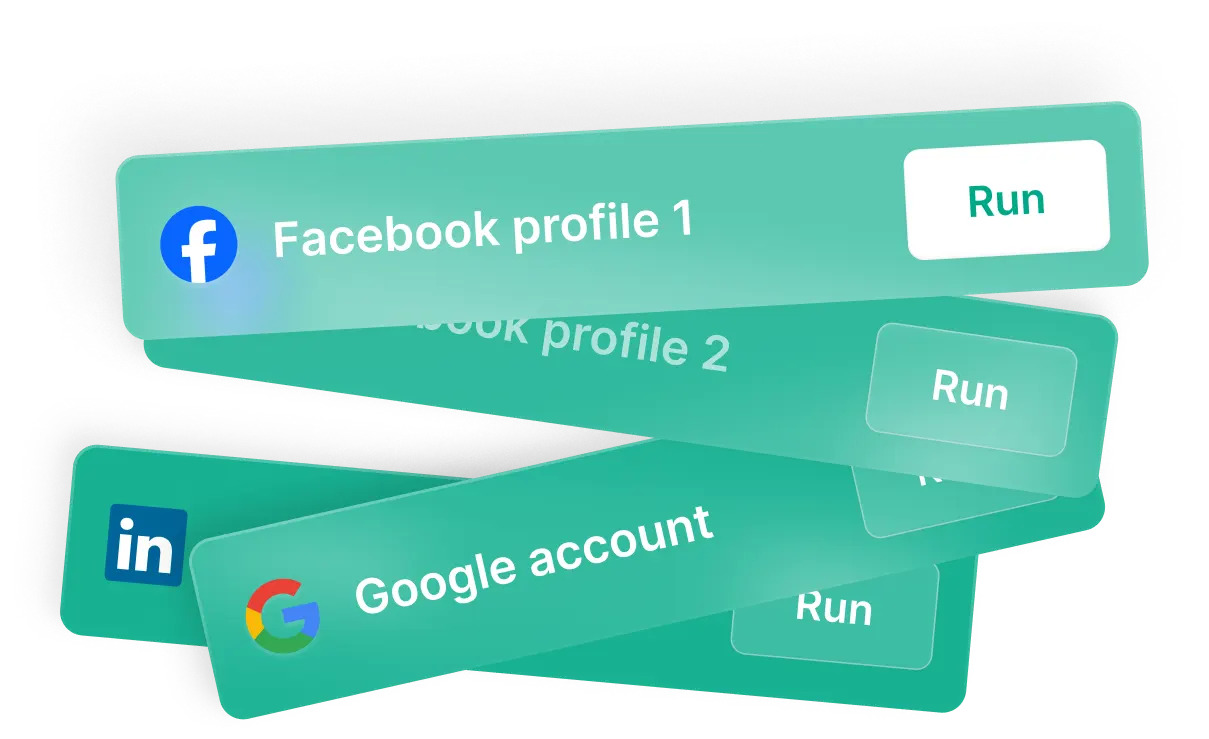Conversion rate is the percentage of user actions taken after total clicks on a display ad or other digital asset. Your marketing strategy defines your actions, which commonly include:
- clicking on a second link
- downloading an asset such as a B2B white paper or a software product
- or signing up to receive special retail offers.
The formula is: clicks / actions = conversion rate. Tracking your marketing campaign conversions can help you refine your strategies and improve the effectiveness of your content marketing.
What Conversion Rate Is Good?
To figure out conversion rates take the number of people who interact with specific content and divide this by total interactions for that type of content e.g., if 500 out of 10,000 email recipients clicked through to sign up for pre-order then ecommerce conversion rate on that email would be 5%.
A “good” website conversion typically falls between 2% and 5% across all industries but industry-specific rates vary quite significantly so research should be done before making comparisons.
Does It Matter?
Of course! Knowing how many people are responding gives better knowledge about how effective campaigns are at targeting specific users based on categories like location and interests.
It can also help identify behaviors like cart abandoners from a Facebook advertising campaign and with tools such as Google Analytics, you can turn more website visitors into customers.
- Impacting ROI – Higher conversion rates lead to stronger return-on-investment (ROI). For example spending $2000 per month getting 20k readers & 500 click-throughs gives a cost-per-conversion ratio around $4 each; however increasing click-throughs without changing budget reduces this ratio thus improving ROI.
- Improving rates – Conversion rate optimization (CRO) assesses why sites or content aren’t converting and then figures out solutions to the problem. This could involve A/B testing which compares different versions of a webpage to see which gets more conversions. The changes tested can be as major as a total page redesign or minor like different font for call-to-action button.
- Boosting conversions – Using dynamic language in calls to action, addressing pain points & highlighting solutions, adding customer testimonials/reviews, ensuring email opt-in/“shop now” link is above the fold on website pages, reducing number of form fields required from visitors, removing distractions and creating special landing pages for paid ads are all ways that can help boost conversion rates.
